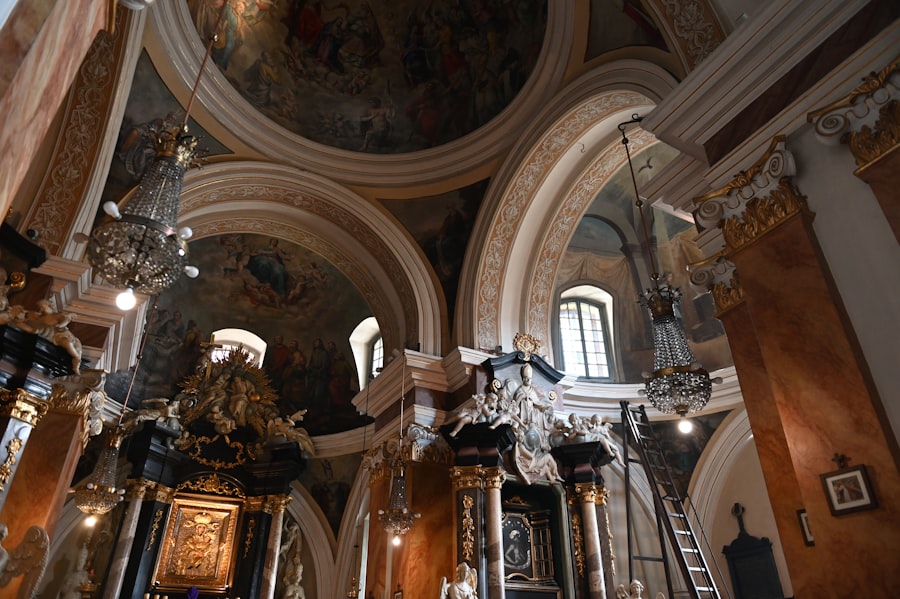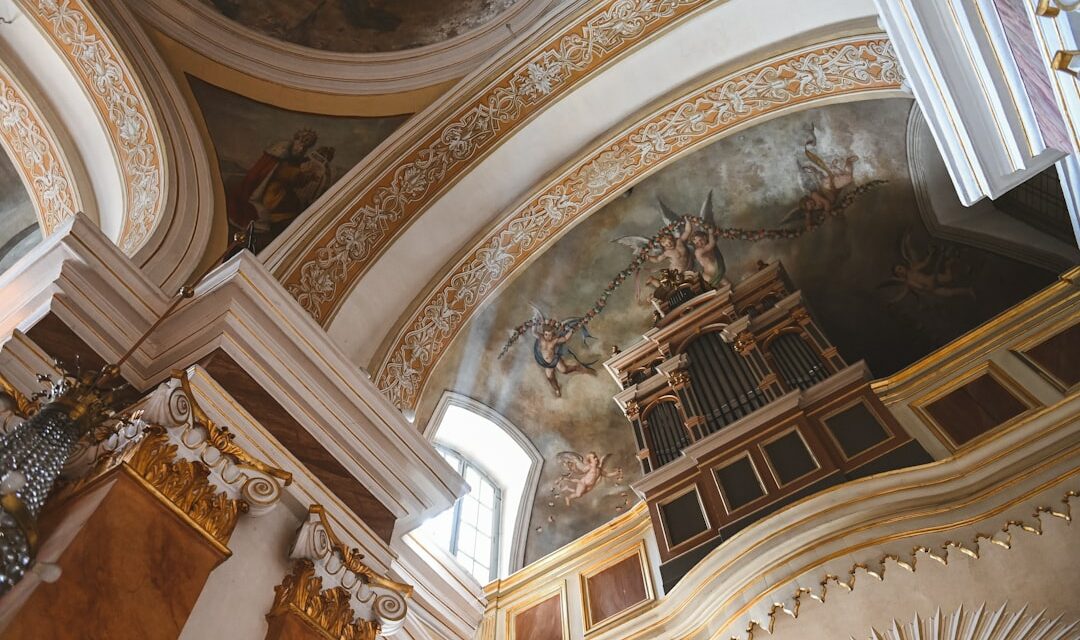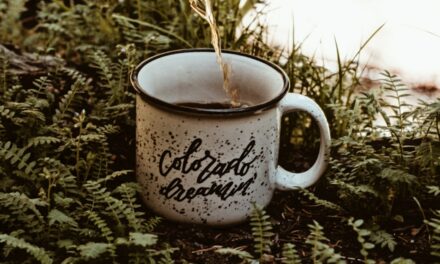Fresco-secco, a technique that involves painting on dry plaster, has a rich and varied history that dates back to ancient civilisations. The term itself is derived from the Italian words “fresco,” meaning fresh, and “secco,” meaning dry. This method was particularly popular in the Mediterranean region, where artists sought to create durable and vibrant murals.
Unlike true fresco, which requires the application of pigments onto wet plaster, fresco-secco allows for greater flexibility in terms of colour and detail. The origins of this technique can be traced back to the wall paintings of ancient Egypt, where artists used mineral-based pigments to adorn tombs and temples. These early examples laid the groundwork for the development of fresco-secco in later cultures, including the Greeks and Romans, who further refined the method.
During the Renaissance, fresco-secco experienced a resurgence as artists sought to combine classical techniques with innovative approaches. Prominent figures such as Michelangelo and Raphael employed this method to create stunning works that adorned churches and public buildings across Europe. The technique allowed for intricate detailing and a broader palette, enabling artists to achieve a level of realism that was previously unattainable.
However, despite its advantages, fresco-secco was often viewed as inferior to true fresco due to concerns about longevity and adherence. Over time, the technique evolved, with artists experimenting with various binders and pigments to enhance durability. This evolution reflects not only the artistic trends of the time but also the cultural significance of fresco-secco as a medium for storytelling and expression.
Summary
- Fresco-secco originated in ancient Greece and was later popularized during the Renaissance period in Italy.
- Materials and tools needed for fresco-secco include pigments, plaster, water, brushes, and a smooth surface such as a wall or panel.
- The process of creating a fresco-secco painting involves applying pigments to a dry plaster surface, allowing for more intricate details and corrections compared to true fresco.
- Preparation is crucial in fresco-secco to ensure the plaster surface is smooth and free from imperfections before painting.
- Techniques and styles in fresco-secco include buon fresco, mezzo-fresco, and various painting methods such as sgraffito and scumbling.
- Preservation and care of fresco-secco artwork involve protecting it from moisture, sunlight, and physical damage, as well as periodic cleaning and restoration.
- Famous artists known for fresco-secco include Michelangelo, Giotto, and Raphael, who created iconic frescoes in Italy.
- Modern applications of fresco-secco in art include murals, decorative wall paintings, and contemporary interpretations by artists around the world.
Materials and Tools Needed for Fresco-secco
Creating a fresco-secco painting requires a specific set of materials and tools that contribute to the overall quality and longevity of the artwork. The primary material is plaster, which serves as the foundation for the painting. Artists typically use a mixture of lime and sand to create a smooth surface that can absorb pigments effectively.
The choice of plaster is crucial; it must be applied evenly to ensure that the paint adheres properly. Additionally, artists often prepare their plaster with a layer of fine-grained material, such as marble dust, to create an ideal surface for painting. This preparation not only enhances the texture but also contributes to the vibrancy of the colours used in the artwork.
In terms of tools, artists rely on a variety of brushes and applicators to achieve different effects in their fresco-secco paintings. Traditional brushes made from animal hair are commonly used for fine details, while larger brushes or sponges may be employed for broader strokes and washes. Pigments are another essential component; these are typically derived from natural minerals and earth tones, providing a rich colour palette that can withstand the test of time.
Binders such as egg yolk or casein are often mixed with pigments to improve adhesion and durability. The careful selection of materials and tools is paramount in fresco-secco, as they directly influence the final outcome of the artwork.
The Process of Creating a Fresco-secco Painting

The process of creating a fresco-secco painting is both intricate and methodical, requiring careful planning and execution at every stage. Initially, artists begin by sketching their design onto the prepared plaster surface using charcoal or a similar medium. This preliminary drawing serves as a guide for the subsequent application of paint.
Once the design is established, artists mix their pigments with binders to create a workable paint that can be applied to the dry plaster. This step is crucial, as the choice of binder can significantly affect the paint’s adherence and longevity on the surface. After preparing their materials, artists proceed to apply the paint in layers, often starting with larger areas before moving on to finer details.
The application technique can vary; some artists prefer to use a wet-on-dry method, where wet paint is applied directly onto dry plaster, while others may opt for a dry-brush technique to achieve texture and depth. As each layer dries, artists assess their work, making adjustments as necessary to ensure that colours remain vibrant and true to their original intent. This iterative process continues until the painting reaches completion, at which point it may be sealed with a protective varnish or wax to enhance its durability and sheen.
The entire process demands not only technical skill but also an understanding of colour theory and composition.
The Importance of Preparation in Fresco-secco
Preparation is an essential aspect of fresco-secco that can significantly influence the success of the final artwork. The initial steps involve selecting high-quality plaster and ensuring that it is applied evenly across the surface. Any imperfections in the plaster can lead to issues with paint adhesion or uneven colour distribution, which may compromise the overall aesthetic of the piece.
Artists often spend considerable time preparing their surfaces, sometimes even creating multiple layers of plaster to achieve the desired texture and finish. This meticulous attention to detail is what sets successful fresco-secco works apart from those that may not endure over time. Moreover, preparation extends beyond just the physical surface; it also encompasses planning the composition and colour palette.
Artists must carefully consider how their chosen colours will interact with one another once applied to the plaster. This foresight is particularly important in fresco-secco because once the paint is on the dry surface, adjustments can be challenging without compromising the integrity of the work. Therefore, many artists create detailed sketches or colour studies prior to beginning their mural, allowing them to visualise how their ideas will translate onto the plaster.
This level of preparation not only enhances artistic expression but also ensures that the final piece resonates with viewers on multiple levels.
Techniques and Styles in Fresco-secco
Fresco-secco encompasses a wide range of techniques and styles that reflect both historical traditions and contemporary innovations. One notable technique is chiaroscuro, which involves using strong contrasts between light and dark to create depth and volume within a painting. This method was particularly favoured during the Renaissance when artists sought to achieve a three-dimensional effect on flat surfaces.
By layering colours and employing careful shading techniques, artists could bring their subjects to life in ways that captivated audiences and conveyed complex narratives. In addition to chiaroscuro, artists have also explored various decorative styles within fresco-secco. For instance, some have embraced ornamental patterns inspired by nature or geometric designs, which serve to enhance architectural spaces while adding visual interest.
The use of motifs such as vines, flowers, or abstract shapes can transform a simple wall into an elaborate tapestry of colour and form. Furthermore, contemporary artists have begun experimenting with mixed media approaches in fresco-secco, incorporating materials such as gold leaf or found objects into their work. This blending of traditional techniques with modern sensibilities allows for an exciting dialogue between past and present, pushing the boundaries of what fresco-secco can achieve.
Preservation and Care of Fresco-secco Artwork

Preserving fresco-secco artwork is vital for maintaining its integrity and ensuring its longevity for future generations. Given that this technique involves painting on dry plaster, it is particularly susceptible to environmental factors such as humidity, temperature fluctuations, and exposure to sunlight. To mitigate these risks, art conservators often recommend displaying fresco-secco pieces in controlled environments where temperature and humidity levels can be monitored closely.
Additionally, protective measures such as UV-filtering glass can be employed when framing or displaying these works to shield them from harmful light exposure. Regular maintenance is also crucial in preserving fresco-secco artworks. Dust accumulation can dull colours over time; therefore, gentle cleaning methods should be employed to remove debris without damaging the surface.
Conservators may use soft brushes or microfiber cloths for this purpose, ensuring that no abrasive materials come into contact with the delicate paint layers. In cases where restoration is necessary due to damage or deterioration, skilled conservators utilise techniques that respect the original artist’s intent while carefully repairing any flaws. This commitment to preservation not only safeguards these artworks but also honours their historical significance within the broader context of art history.
Famous Artists Known for Fresco-secco
Throughout history, several renowned artists have made significant contributions to the development and popularity of fresco-secco as a medium for artistic expression. One such figure is Giotto di Bondone, an Italian painter from the late Middle Ages whose work exemplified a shift towards naturalism in art. Giotto’s frescoes in churches such as Santa Croce in Florence showcased his mastery of colour and composition while employing fresco-secco techniques that allowed for intricate detailing.
His innovative approach laid the groundwork for future generations of artists who would continue to explore this medium. Another prominent artist associated with fresco-secco is Diego Rivera, a Mexican muralist known for his politically charged works that often depicted social issues and historical narratives. Rivera’s large-scale murals utilised vibrant colours and bold forms characteristic of fresco-secco while addressing themes relevant to Mexican identity and culture.
His commitment to public art transformed urban spaces into platforms for dialogue and reflection, demonstrating how fresco-secco could serve not only as an artistic medium but also as a vehicle for social change. These artists represent just a fraction of those who have embraced fresco-secco throughout history, each contributing unique perspectives that enrich our understanding of this enduring technique.
Modern Applications of Fresco-secco in Art
In contemporary art practice, fresco-secco continues to find relevance as artists explore new ways to engage with this traditional medium while pushing its boundaries further than ever before. Many modern artists are drawn to fresco-secco for its versatility; they appreciate how it allows them to experiment with colour application techniques while maintaining a connection to historical practices. Some contemporary practitioners have even begun incorporating digital technology into their work by creating digital designs that inform their fresco-secco compositions on-site.
Moreover, educational institutions have recognised the value of teaching fresco-secco techniques within art programmes, fostering a new generation of artists who appreciate both its historical significance and contemporary applications. Workshops focusing on this medium often attract participants eager to learn about traditional methods while exploring personal expression through modern themes. As these artists continue to innovate within this framework, they contribute to an ongoing dialogue about what fresco-secco can mean in today’s artistic landscape—ensuring that this age-old technique remains vibrant and relevant in an ever-evolving world of art.
For those intrigued by the traditional art technique of Fresco-secco, exploring the works of influential artists can provide deeper insights into the application of classical styles in their masterpieces. A particularly interesting read is an article that delves into the life and works of Caravaggio, a pivotal figure in the world of art. His dramatic use of chiaroscuro and innovative approach can be appreciated further in the context of traditional techniques like Fresco-secco. You can explore more about Caravaggio and his impact on the art world by visiting An Introduction to the Artist Caravaggio. This article offers a comprehensive look at his artistic journey and how he has influenced various art movements throughout history.



